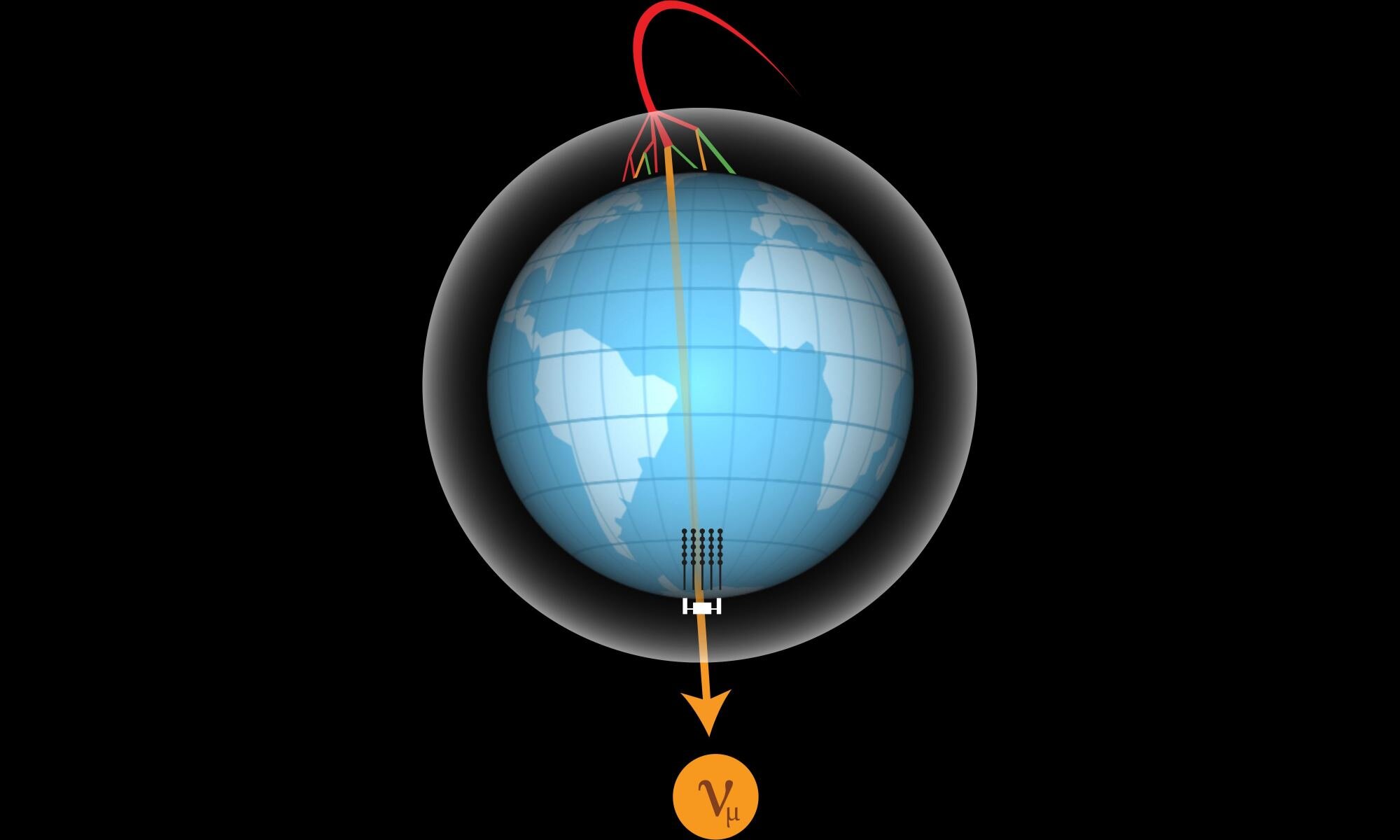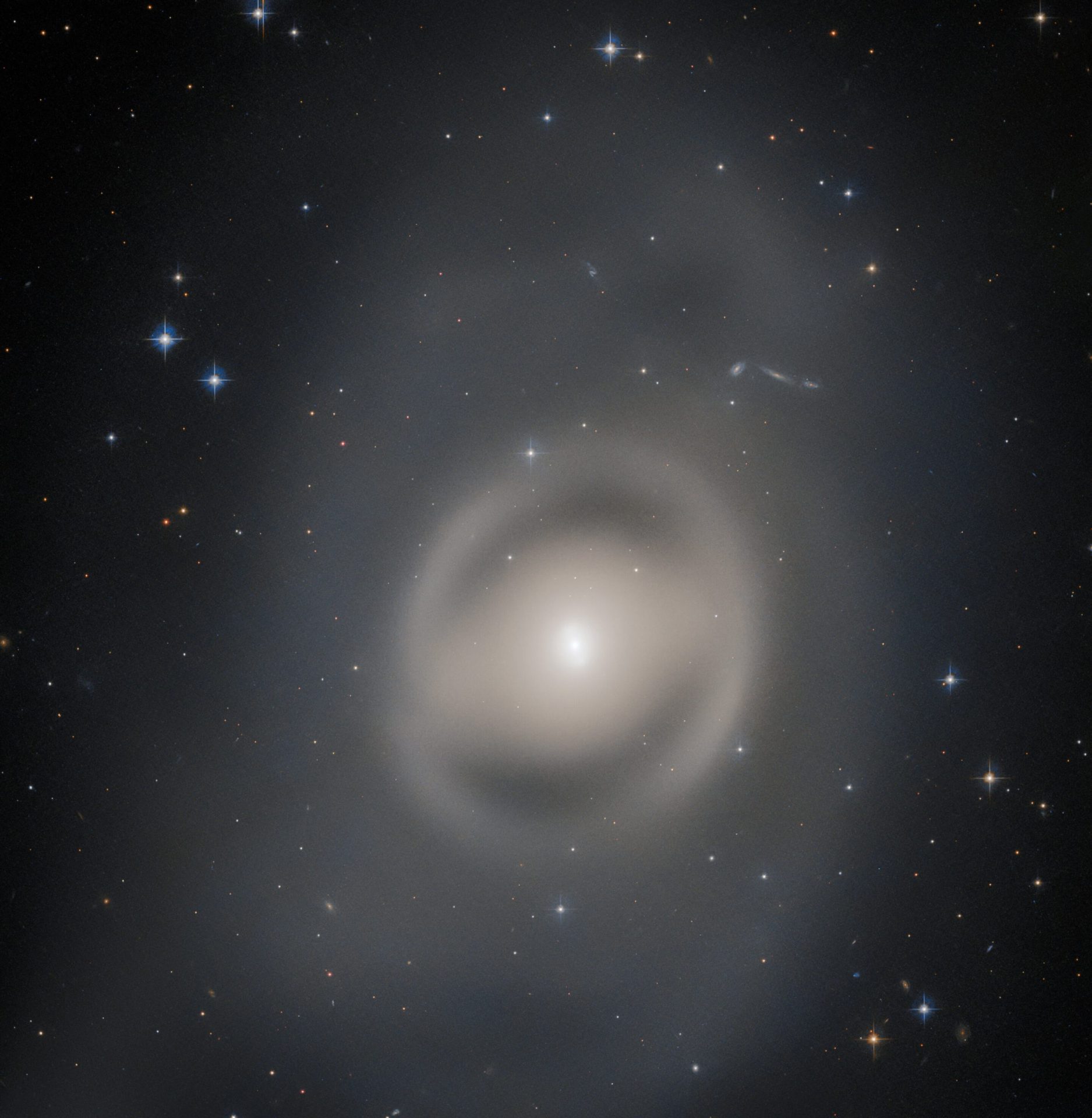Dark matter remains one of the most perplexing enigmas in the field of cosmology. While astronomers have amassed a wealth of evidence supporting its existence through various means such as galaxy clustering statistics, gravitational lensing, and cosmic microwave background fluctuations, the standard model of particle physics lacks any particles that could account for dark matter. Furthermore, we have yet to detect its effects locally.
It’s a tantalizing theory that eludes our complete understanding. However, this often indicates that we are on the cusp of a breakthrough that could either confirm or overthrow our current understanding of dark matter. Fortunately, there are numerous projects dedicated to the search for dark matter, and one of them, the IceCube Neutrino Observatory, has just unveiled a new finding.
Although IceCube cannot directly detect dark matter, it can observe the local effects of dark matter that generate neutrinos. One prevailing model suggests that dark matter consists of massive particles that primarily interact with each other and only weakly with regular matter particles. These particles, known as weakly interacting massive particles (WIMPs), may be lurking within the Earth’s core.
If the WIMP model holds true, when dark matter collides with a massive object like a planet or star, interactions with dense regular matter should decelerate it, leading to the gravitational entrapment of some WIMPs within the object. These trapped WIMPs would occasionally collide with one another, resulting in the production of neutrinos. Consequently, there should be an excess of neutrinos emanating from the Earth’s center, which IceCube has the capability to detect.
In this study, the research team analyzed a decade’s worth of data from IceCube and found no evidence of an excess of neutrinos. Based on the energy cross-section of IceCube detectors, this effectively eliminates the possibility of WIMPs with a mass greater than 100 GeV, which is slightly more than 100 proton masses. These findings align with other studies that have also ruled out high-mass WIMPs. However, the existence of lower mass dark matter particles remains a possibility, although we have a long history of excluding potential dark matter candidates.
There are plans to enhance the sensitivity of IceCube through upgrades, enabling further investigations into lower mass WIMPs as potential dark matter candidates. This may bring us closer to finally detecting dark matter locally, but our options are dwindling rapidly. We have already ruled out several dark matter candidates, and we may need to explore alternatives such as modified gravity. However, that is a story for another time.
,,,








